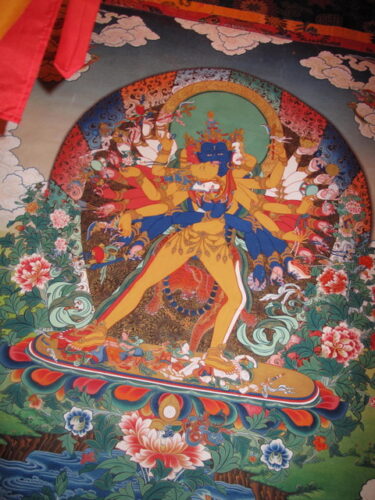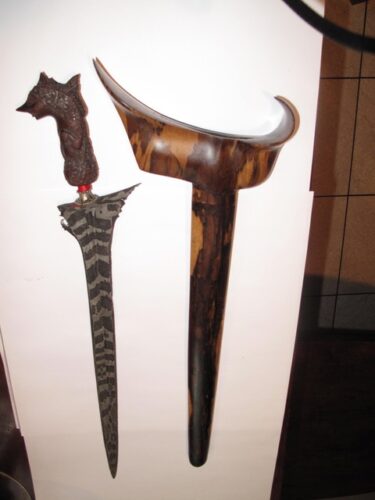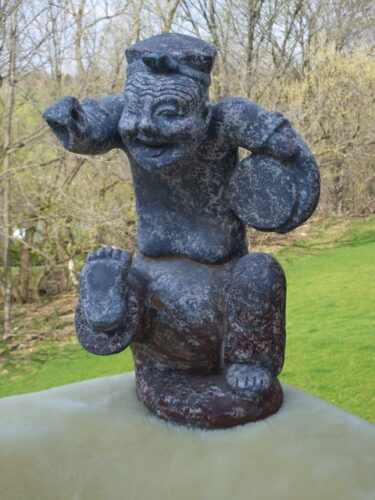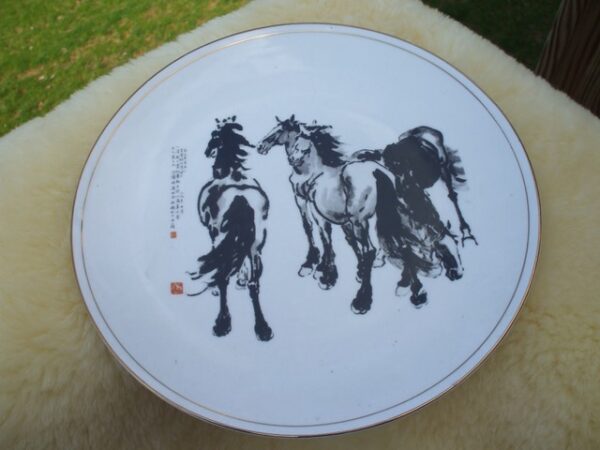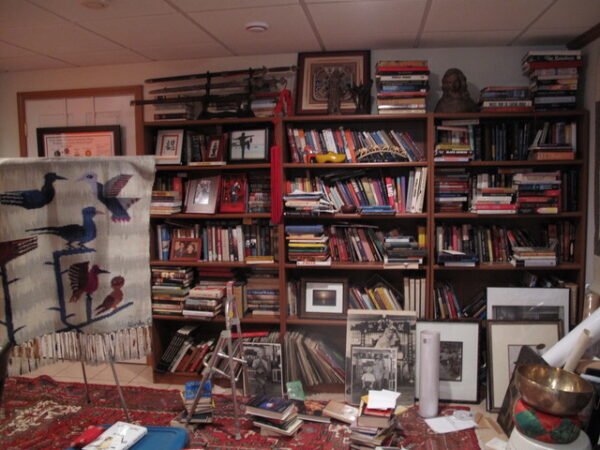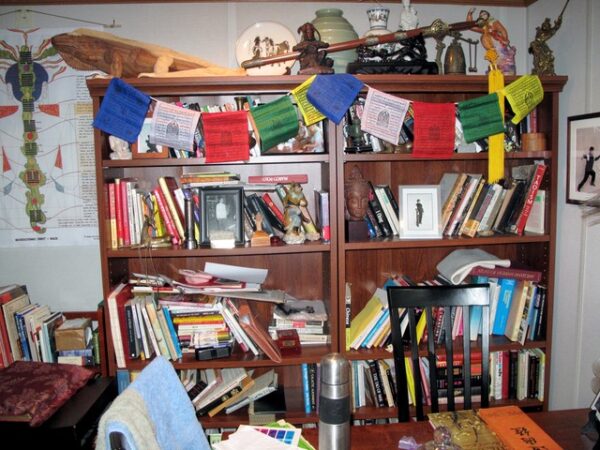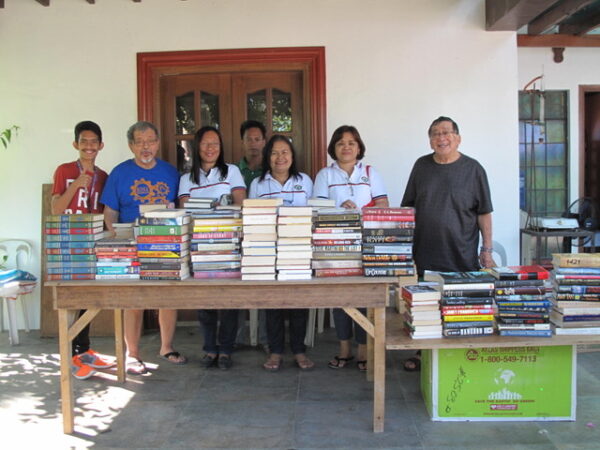I sent to my friends a copy of this poem “Clearing the life,” a meditation on life, possessions and mortality, written in December of 1993 when I lived in the Case Estates in Weston, Ma, a small town just outside of Boston.
Clearing the Life
December 3, 1993, 5 am:
at the end
of the year
I try to get
my bedroom
in order. With each
day, it seems to get
smaller. It’s too
crowded now, there
is too little space
to move, I have
to tiptoe around
odds
and ends stacked
randomly everywhere. I am
clearing
junk mail, scraps,
old newspaper
clippings, notes and
reminders posted
on a styrofoam board. On my desk
are all
sorts of things: along
with my dragon chop from
Sichuan,
a Glue Stic,
slide viewer, cups, pens
that have dried,
vitamins I don’t
even take.
What is
junk, what is not?
Why do we keep some
things at all?
I’ve been looking
at each item piled
inside boxes and stuff
comes out
and feels
heavy
on my back as I
swim through
the day. Here are notes
from a previous
life. There is
a journal
from 1970 with
aphorisms,
quotes from books
I read, thoughts
on exile and my first
autumn in the US.
I know I don’t need
them, but I couldn’t
let them go
like the first
draft
of letters
on my computer.
I can’t
even remember why
they are here
buried under
other things in no
particular
sequence, each
like a claim
on my time.
I hold
this rock with veins
of crystal
and I can’t remember when
I picked it up from
what beach: it must
have been beautiful
on the surf shiny and wet;
now, it feels
warm in my hands
but yields
no more memories than
much of what gathers
dust on the
windowsill. I know
as I get older
I need these things even
less. Many that I enjoyed
before
are now dead
weights. These things
have piled
up in baskets
and drawers
and chairs
like the petty
worries
that distracted me
as I walked
in the meadow
for fresh air.
How much
do I really need
to bring with me when
my lease is up
and I move away
from here?
I wonder what
Shakyamuni Buddha
thinks
from his perch
atop my corner
bureau where
he quietly observes
my comings and goings
in this piece
of crowded
earth.
Quite
a few of these
have given me
pleasure, times
when I seemed
to descend
through
the dark and
found a
place to rest instead. A few
tell
of times
with friends who made
the journey easier, some
are maps of places
I have been to and
places I like to be. But
what do I keep a map
of Paris for
or Brooklyn,
places
I may not see
again. Some
of these things
I will give
away to people
who I hope will
embrace them as
I have like
Ursa Major and Ursa Minor,
teddy bears above
my bed. Many
of them
I will have to throw
away: rough
copies of
printouts,
those old Times
on the rack…
Make space
for my life.
12/7/93, Weston, MA, 4:45 AM
© 2022 Rene J. Navarro
Along with the poem, I attached the photo of the Fasting Buddha in my study and the story behind it:
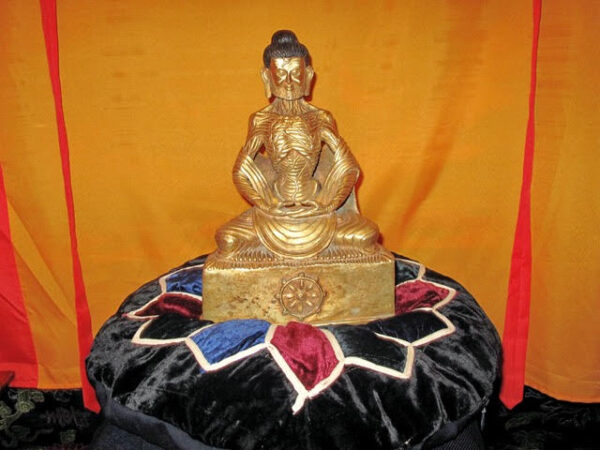
The Fasting Buddha Story (from “The Life of the Buddha: According to the Ancient Texts and Monuments of India” by A. Foucher)
After many stops they reached the village of Urubilva … “saw the river Nairanjana with its pure water, its descending steps, the lovely wooded shores … and the Bodhisatva’s spirit was truly charmed … and so I must settle here.” He did just that … The village still exists under the name Urel and the river now called Lilaju still flows into the Phalgu…
So it was in this peaceful and charming setting that the Bodhisatva’s frightful austerities, followed by equally terrible struggles against the forces of evil, were crowned by the final triumph of his keen intelligence sustained by an indomitable will… Many of these penances are still practiced – for instance, forced postures which stiffen the limbs; complicated fasts that follow the moon, with the number of daily mouthfuls going from fifteen to one during the dark of the moon and increasing again from one to fifteen with the new moon. There is also the rite of the “five fires,” in which the self-appointed victim sits in the center of a square formed by four burning fires, the fifth fire being the sun overhead.
Xxx
The texts show us that the Bodhisattva outdid the yogis on their own ground, the fasting ascetics, and the rishis of legend by surpassing the physical strains of the first, the abstinence of the second, and the absolute immobility of the third. First, for 6 years Gautama sat upon the hard earth in the traditional pose: torso and head erect; legs tightly crossed with soles upturned on his thighs; and hands, with palms upturned, meeting in his lap. He began by making his thoughts master his body. As a strong man might hold a weaker one, shaking and tormenting him, so his will held his body, torturing it with such mastery that even during winter nights sweat poured from his brow and armpits onto the ground. Soon he ceased breathing, and, when respiration was thus suspended, there came from his ears a great noise such as issues from a blacksmith’s bellows…
(After this sentimental interlude) the Bodhisattva began the second series of mortifications. This time he went on an extraordinary fast, eating only one grain of jujube, then only one grain of rice. And finally only one grain of millet a day. Then, with greater and greater self-control, he refused all food … the Gautama’s limbs became like knotty sticks and his spine – which could be grasped through the flabby skin of his abdomen – was like the rough weave of a braid. His protruding thorax was like the ribbed shell of a crab, and his emaciated head was like a gourd that had been plucked too soon and had withered. His eyes were like the reflection of stars at the bottom of a nearly dried-up well…
The third type of mortification again demanded that the Bodhisattva do as well and better than his predecessors. Committed to complete immobility, he did not move, either to seek shade or sunshine or to shelter himself from wind or rain. He did not move a finger to protect himself from horseflies, mosquitoes, and various reptiles. We are told that during these years no functional waste was emitted from his body. The Predestined One simply existed, his body tarnished by the elements, his senses dulled; he no longer perceived objects, neither did he see nor speak nor hear. He lost his human appearance and, still alive, he became of the earth.
An old friend, a contemporary from the Philippines, answered:
Thanks for sharing, Rene. I could relate to your meditations on life, possessions and mortality. Vic
I replied: Perhaps the problem is not the possessions but the attachment. There is life of the spirit/yoga and there is existence on earth/boga and we should learn to separate the two. But how difficult it is to tell the difference.
A friend from Long Island, New York, responded:
Dear Rene,
Thank you so much for the poem. Something in you must have sensed that is what I have decided to deal with now, clearing out all the things that I have saved, to clear out my brain and to make room for life! It was right on the money!
I also enjoyed the Fasting Buddha Story.
Thank you again! I feel inspired to really clear everything that is unnecessary out!
Be well,
G
Diary: 12 3 22
I am shipping 4 balikbayan boxes to the Philippines, two of them for the Carlos P. Romulo Memorial Library and Museum in my hometown Tarlac City. CPR library already has 4 shelves of my books, most of them hard cover. I have already “bequeathed” many things: phurbas, swords and other weapons, paintings, statues (Shiva, Buddha, Guanyin). It is hard to find somebody who knows how to use a sword or what to do with a statue of the Shiva Nataraja. I gave a relative a sword and 3 years later it was rusty: he left it in one corner of the house and never even looked at it. A relative from the Philippines wanted a Buddha; she said she’ll sell it! It’s worse than seeing a sacred object gathering dust in the living room. Many people do not know the role a statue plays in life: how do you create a shrine for it? What rituals do you observe on a daily basis? How do you relate? I have met people who do not even know the basic chants associated with certain holy figures from the East or the stories behind them.
I have made a list of the other “stuff” I am planning to give away:
1. Shiva Nataraja (7 foot statue)
2. Fasting Buddha (2 feet tall)
3. Scrolls (Neijing tu, Microcosmic Orbit, etc.)
4. Swords
5. Paintings (thangka, OM, dragon, Egyptian tree of life, Last Judgment, Horses, Unicorn, Chinese, etc.)
6. Photos
7. Medals and crystals, lamps (Tiffany’s, Lion)
8. Statues (Guanyin, Bodhidharma, Rama, etc.)
9. Narda ikat (cranes) from 1986
10. Batik and ikat (from Bali)
11. Arnis Sticks ( camagong and rosewood) and walking canes
12. Phurbas, Linga, vases (one is a ceramic dragon and the other is brass with a dragon), Prayer wheels and plates (one of Xu Bei Hong’s horses, another of the Buddha)
13. Javanese Keris (reportedly from the 12th century)
